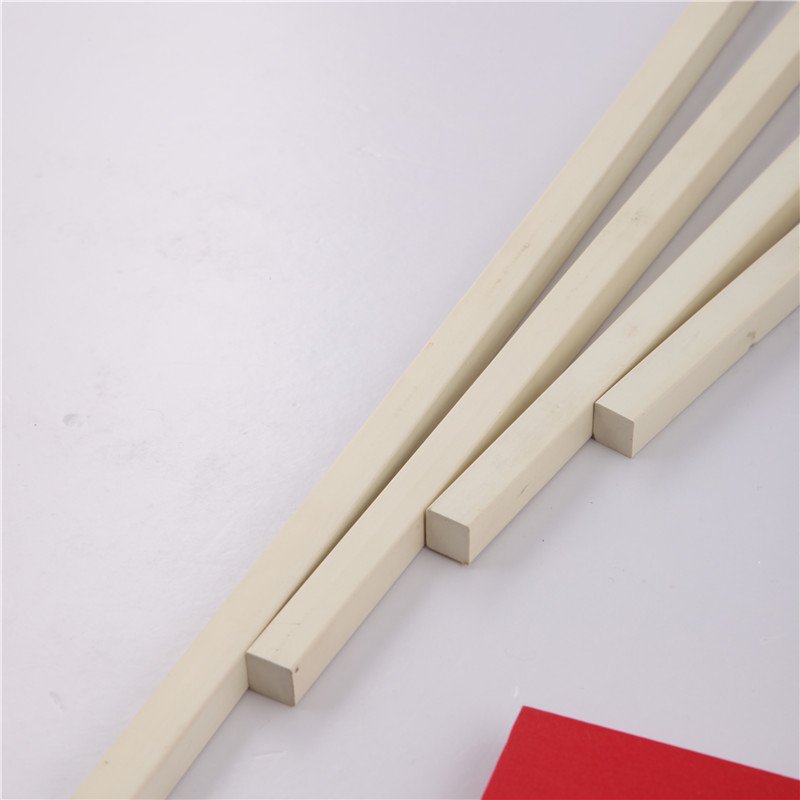Dec . 04, 2024 10:26 Back to list
Guide to Understanding Industrial Pipe Fittings and Their Applications in Various Industries
Understanding Industrial Pipe Fittings An Essential Guide
Pipe fittings are an essential component in the piping systems used across various industries. This article delves into the significance of industrial pipe fittings, their types, applications, and considerations for selection, ensuring a comprehensive understanding of their role in fluid management.
What are Industrial Pipe Fittings?
Industrial pipe fittings are components used to connect, terminate, redirect, or change the direction of pipes within a piping system. They play a critical role in ensuring that fluids (liquids or gases) can flow effectively and safely through the system. Properly designed and installed fittings contribute significantly to the efficiency and longevity of piping systems, making them crucial in sectors such as oil and gas, water treatment, construction, and manufacturing.
Types of Industrial Pipe Fittings
Industrial pipe fittings come in various shapes and sizes, each designed to fulfill specific functions. The most common types include
1. Elbows Used to change the direction of a pipeline, elbows are available in various angles, most commonly 90 degrees and 45 degrees.
2. Tees This fitting allows for branching off from a main line, providing a connection point for another pipe at a 90-degree angle.
3. Reducers Used to connect pipes of different diameters, reducers enable a seamless flow transition from a larger pipe to a smaller one.
4. Caps and Plugs These are used to close off the ends of pipes. Caps are used for external pipe ends, while plugs are designed for internal closures.
5. Couplings These fittings connect two pipes of the same diameter, ensuring a secure passageway for fluids.
6. Flanges Flanges are flat pieces of metal that are welded to the ends of pipes, allowing for easy bolting of pipes together, which is especially useful for high-pressure systems.
industrial pipe fittings

Applications of Industrial Pipe Fittings
The applications of industrial pipe fittings are vast and varied. In the oil and gas industry, these fittings are used in drilling, transportation, and distribution pipelines. In water treatment facilities, they are crucial for water distribution and management. Additionally, in the construction sector, pipe fittings are essential for plumbing systems, HVAC installations, and fire protection systems. They play a significant role in industrial manufacturing processes, where they transport materials ranging from chemicals to steam.
Considerations for Selection
When selecting pipe fittings for industrial applications, several factors must be taken into account
1. Material Compatibility Fittings must be made of materials that can withstand the type of fluid being transported and the operating conditions (temperature, pressure, etc.). Common materials include stainless steel, carbon steel, PVC, and brass.
2. Pressure Rating The fittings should be rated for the expected pressure of the system to ensure safety and reliability.
3. Size and Dimensions Proper sizing is critical for the efficient functioning of a piping system. Matching the fitting size to the pipe diameter ensures a secure fit and optimal flow.
4. Installation Method Consideration must be given to how the fittings will be installed, whether through welding, threading, or mechanical fastening, as this impacts the choice of fittings.
5. Regulations and Standards Compliance with industry standards and regulations is paramount. Ensure that the selected fittings meet the necessary codes and benchmarks for safety and efficiency.
Conclusion
Industrial pipe fittings are fundamental components in a plethora of applications, ensuring the effective transport of fluids within various systems. By understanding the types of fittings available, their applications, and the factors affecting their selection, industry professionals can make informed decisions that enhance the reliability and efficiency of their piping systems. Investing in high-quality fittings not only improves performance but also contributes to the safety and longevity of the entire system.
-
HDPE Drainage Pipe Supplier – Durable & Corrosion-Resistant Solutions
NewsJul.06,2025
-
HDPE Sheet Roll – Durable HDPE Plastic Sheet Roll Supplier Transparent PVC Sheet Roll Available
NewsJul.06,2025
-
25mm PVC Irrigation Pipe - Durable & Efficient Watering Solution for Farms & Gardens
NewsJul.05,2025
-
HDPE Culvert Pipe Supplier – Durable, Leak-Proof & Easy Installation Solutions
NewsJul.05,2025
-
High Transparency PVC Clear Sheet Super Transparency PVC Sheets & HDPE Cutting Board Supplier
NewsJul.04,2025
-
High-Quality PVC-M Pipe Supplier Trusted PVC Pipe Company & 75mm PVC Connection Pipe Solutions
NewsJul.04,2025

